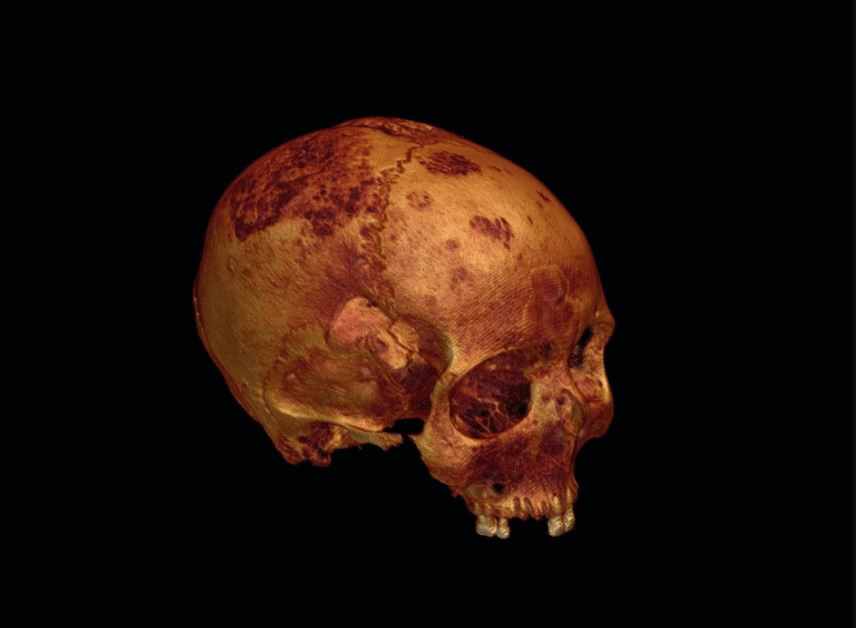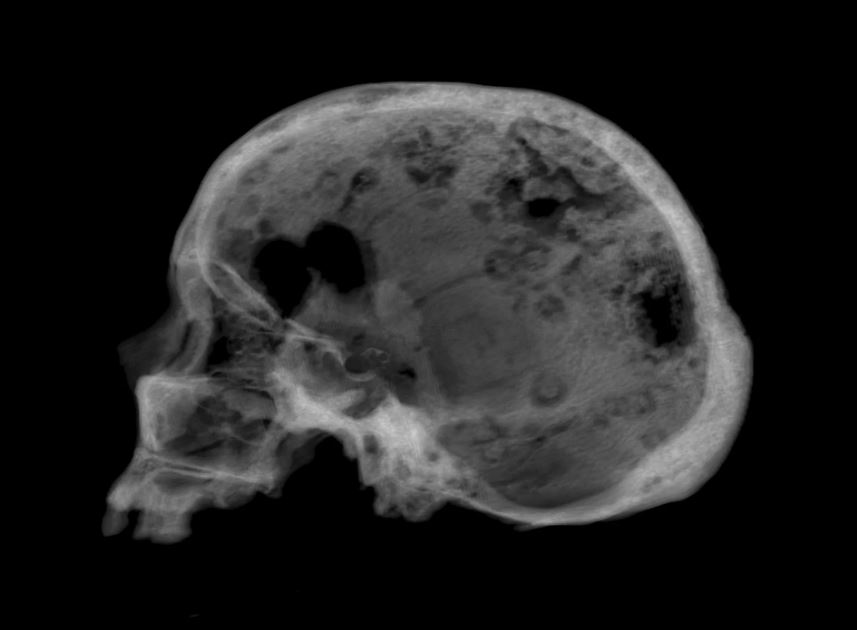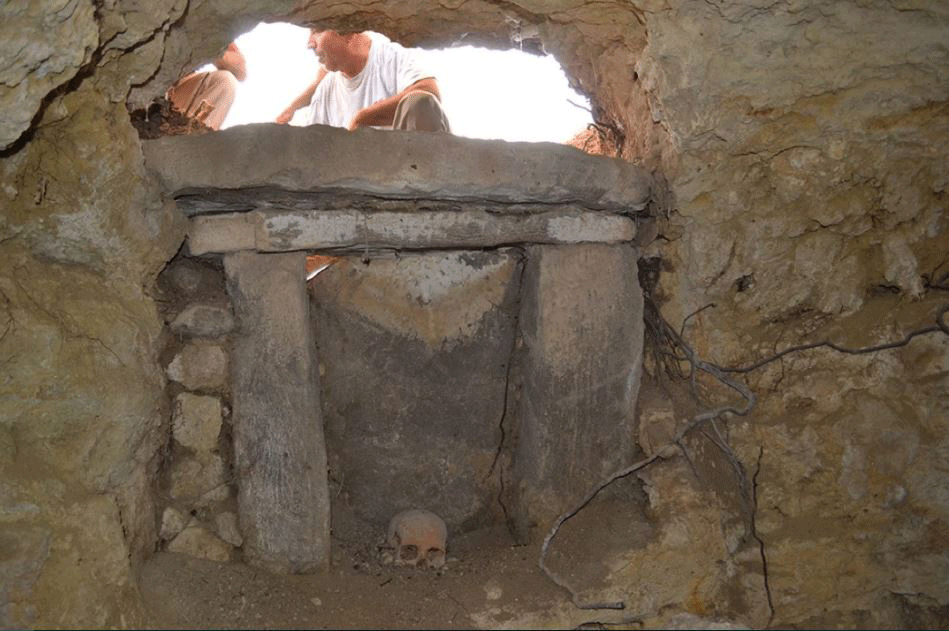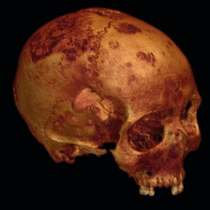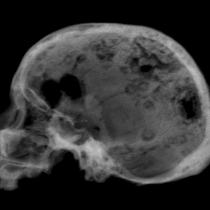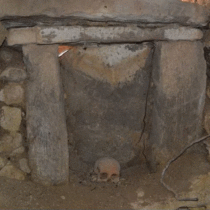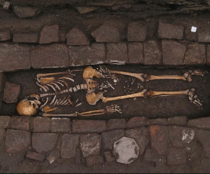A skull bearing holes, discovered in Italy a few years ago, has now been examined by paleopathologists yielding information as to the nature of the burial.
The holey skull was originally found during excavations by a team of archaeologists from the archaeology department of the University of Palermo, led by adjacent anthropology professor Roberto Miccichè. The discovery was made near the town of Baucina in Sicily, Italy.
The skull, dating back 2,500 years, belonged to a woman who had died of cancer and was buried in an artificial cave, dug out of a rock, at a peculiar position, puzzling archaeologists. She was placed staring at the remains of at least 50 more individuals within the cave. The tomb had been looted at some point, but the original position of this skull was not affected as was the case with the rest of the skeletons, probably because tomb raiders found another way inside the cave above the initial entrance.
The new study was published in June in a special issue of the International Journal of Paleopathology.
The woman was between 35 and 50 years old when she died of cancer. Initially, scientists believe, the cancer may have affected her breasts but then spread to her skull causing 14 holes in it.
Scientists can only speculate why the woman was buried facing the interior of the cave. Perhaps the holes on her skull or other symptoms she might have displayed made the people in her community think she was somehow special and treat her in a special way. Or, she might have had a special role in the community regardless of her disease. Unfortunately it is very hard to prove why people in the Iron Age buried this skull in such a strange position, so researchers plan to carry further investigations to identify what were the perceptions of death and illness in ancient cultures in the area. This will hopefully provide scientists with an understanding of social and sacred beliefs and shed more light on this particular case.
